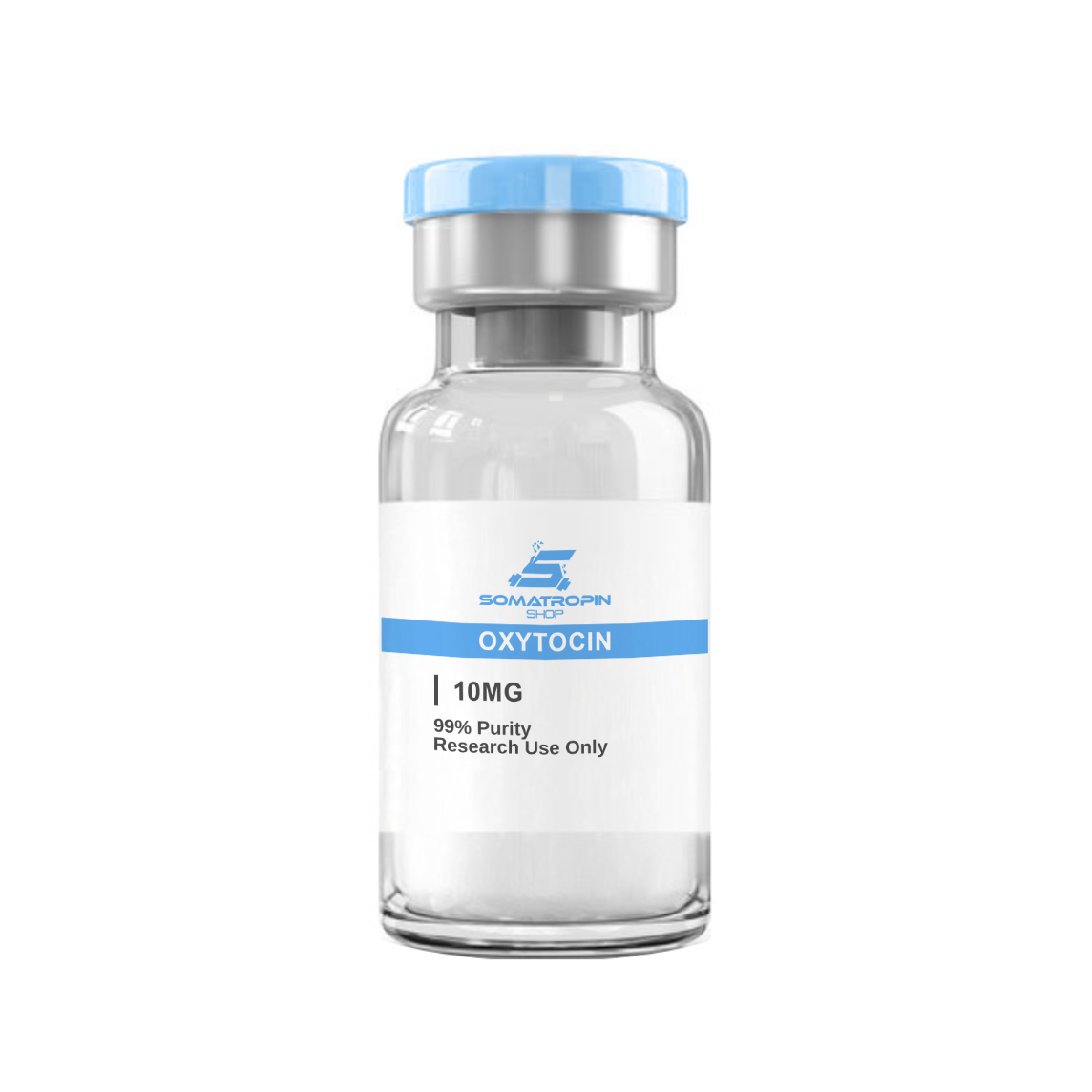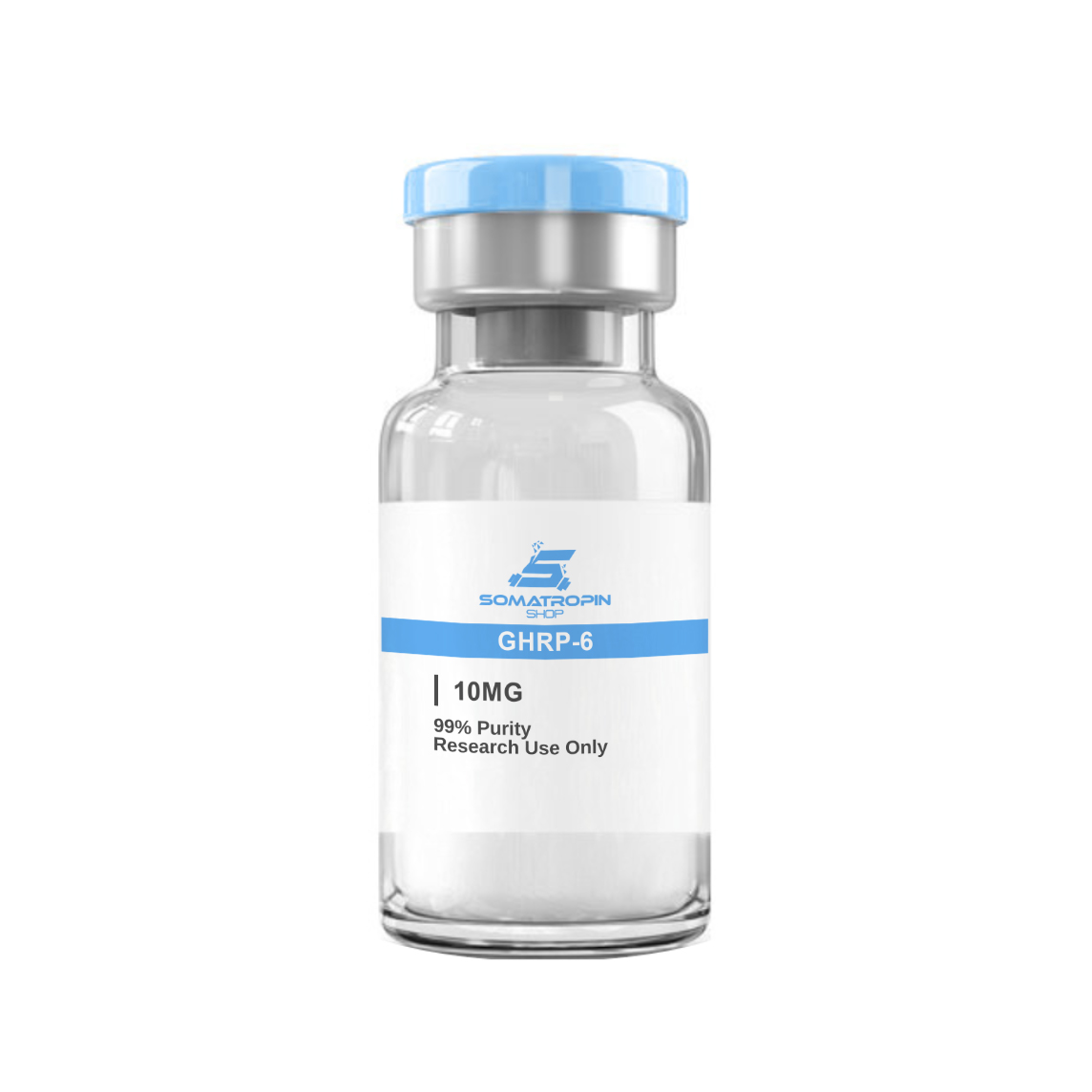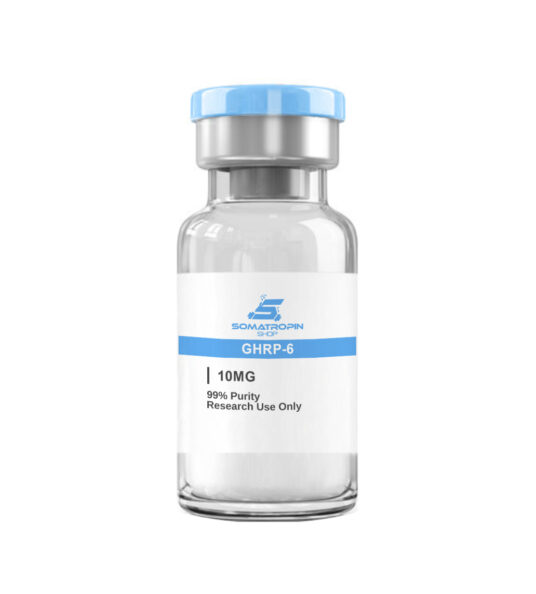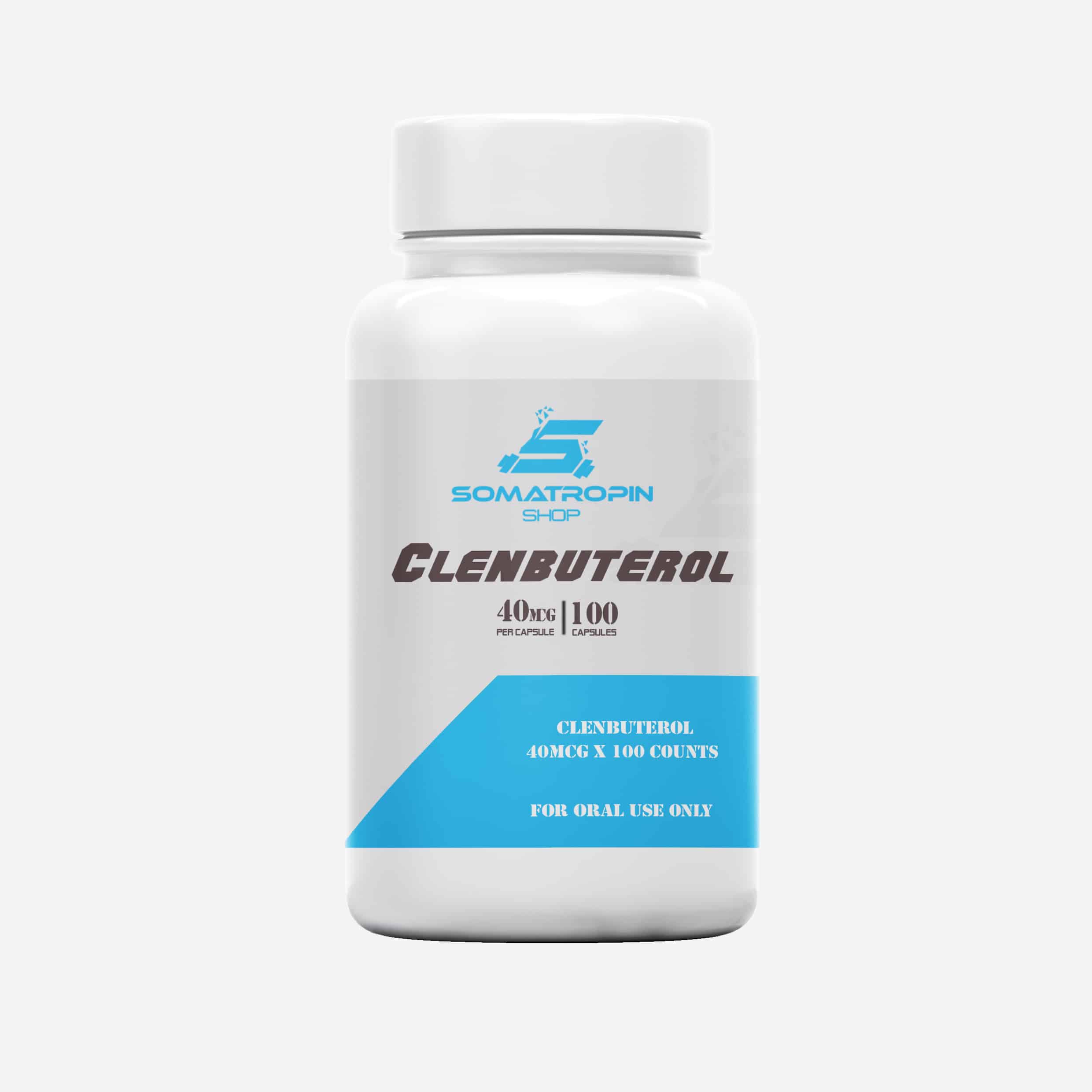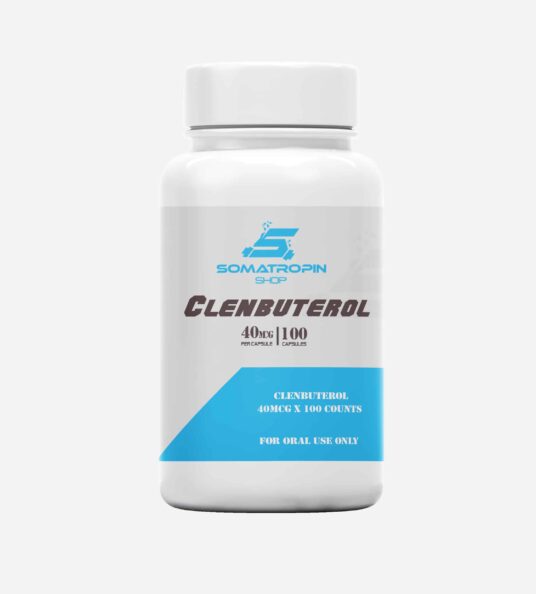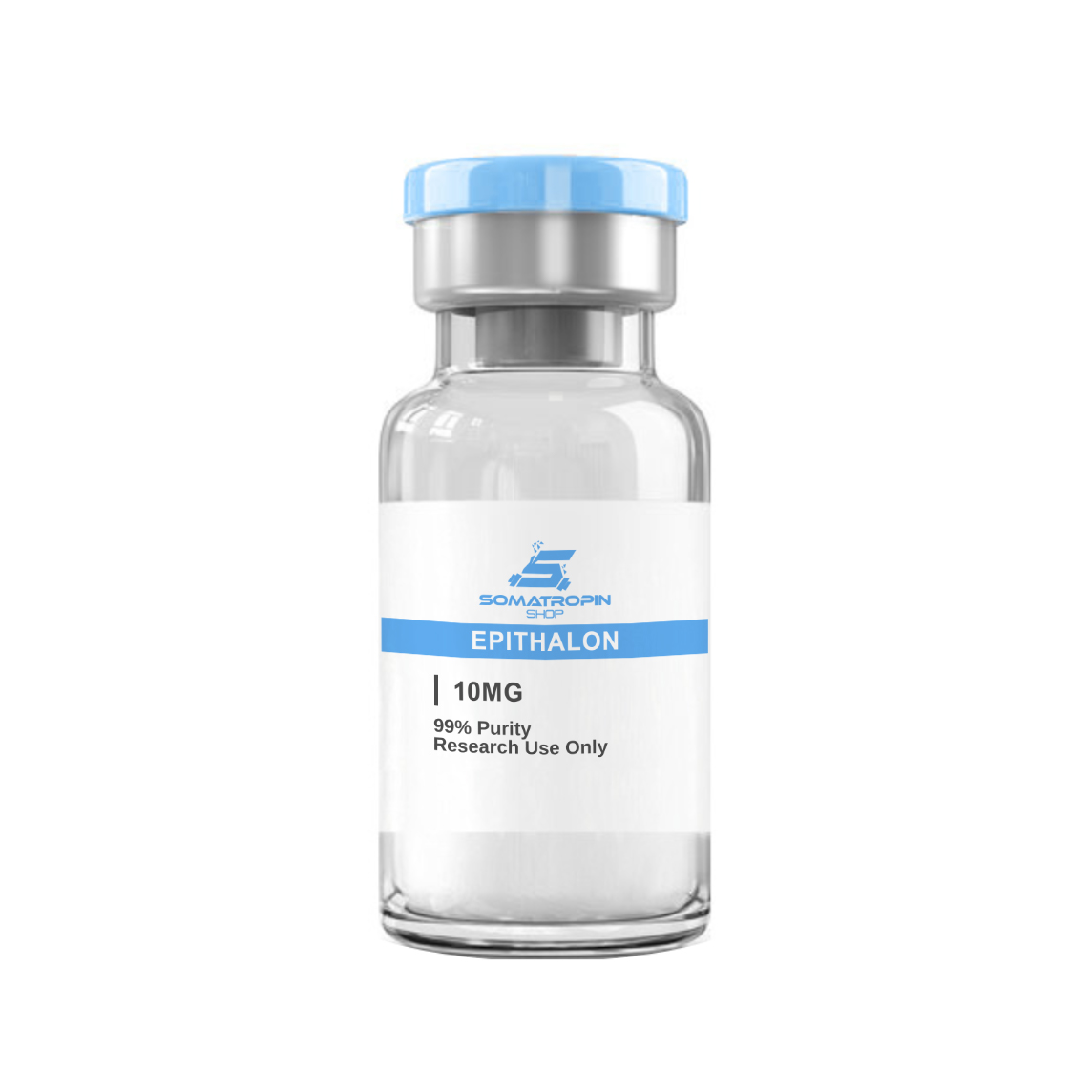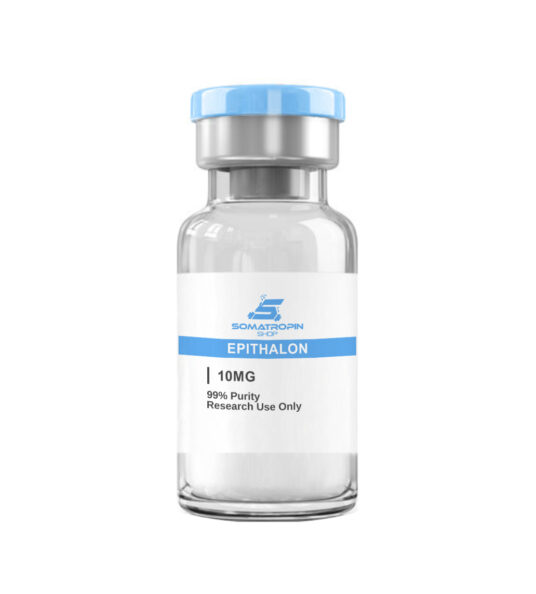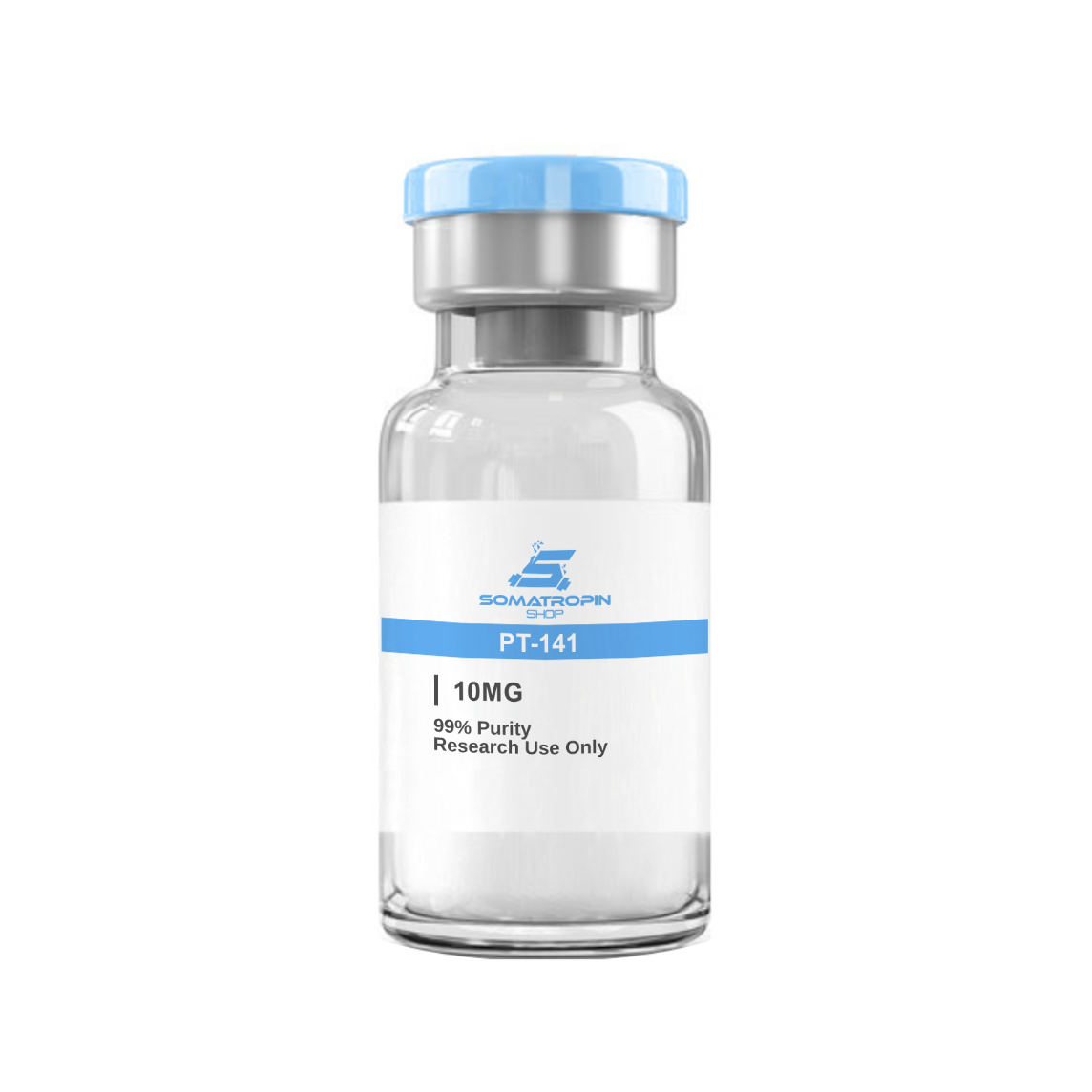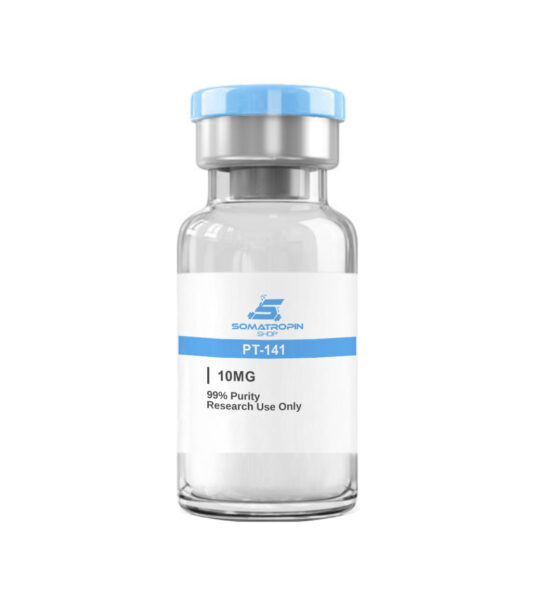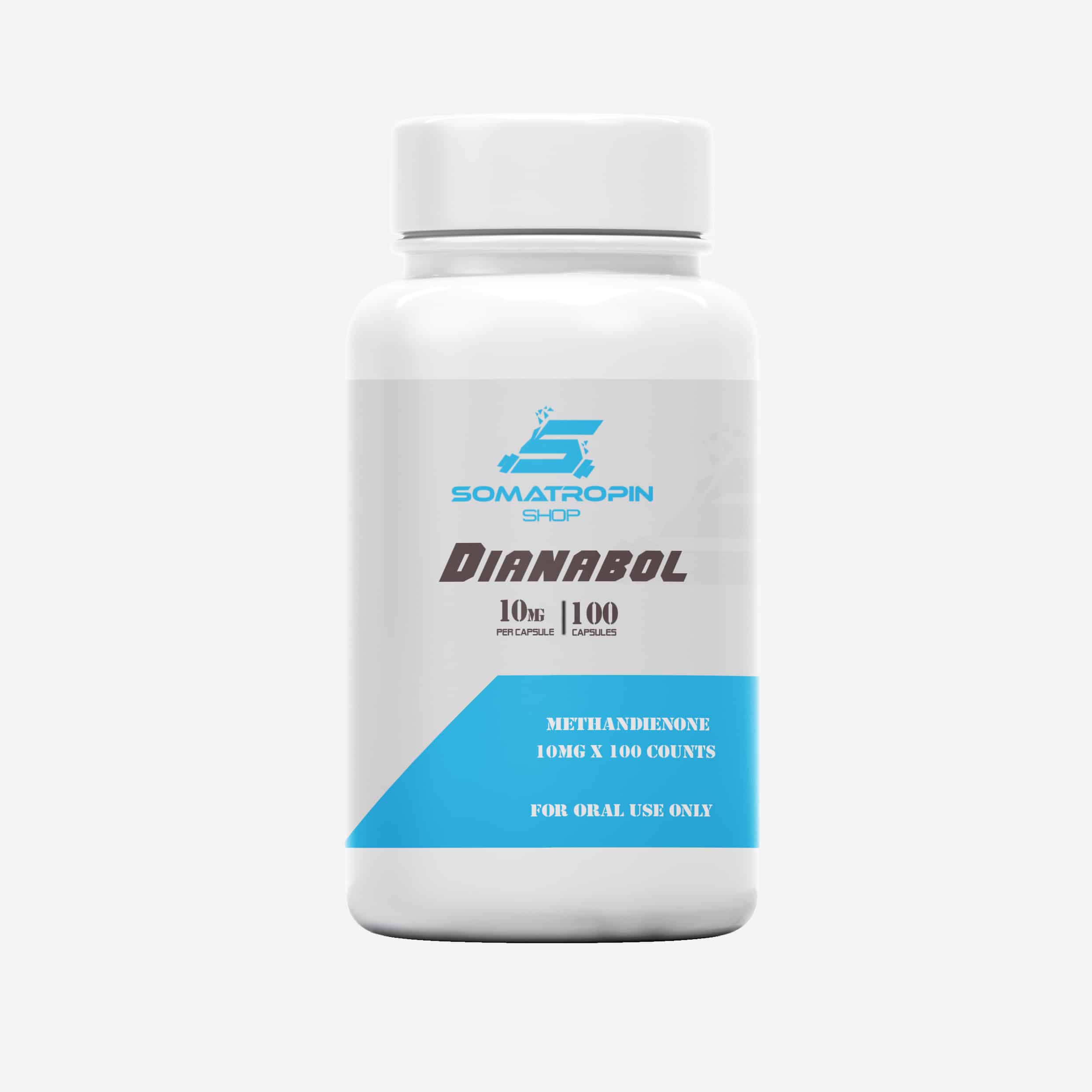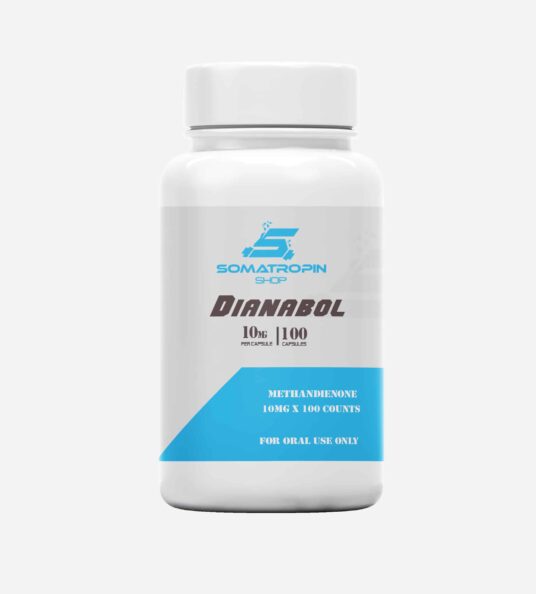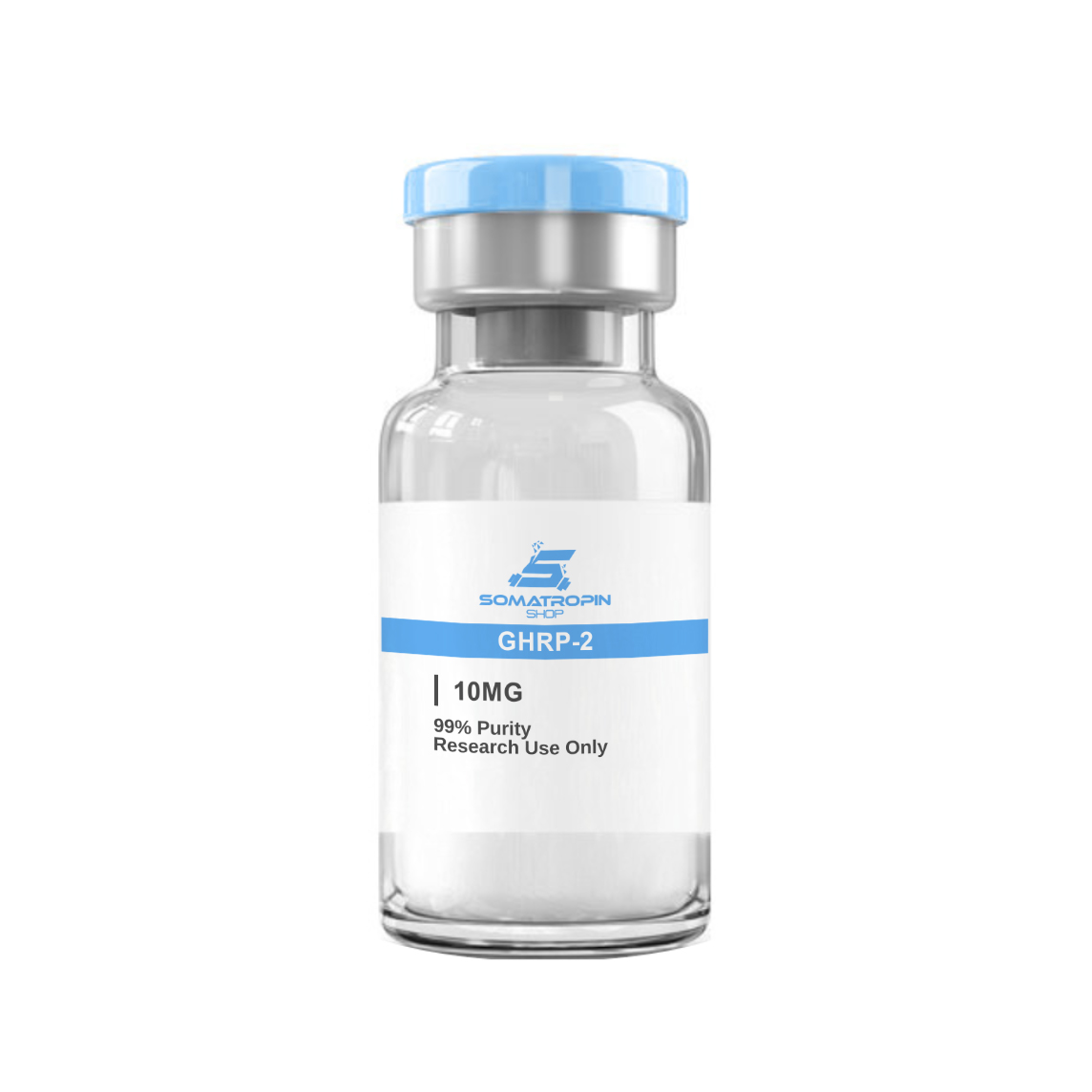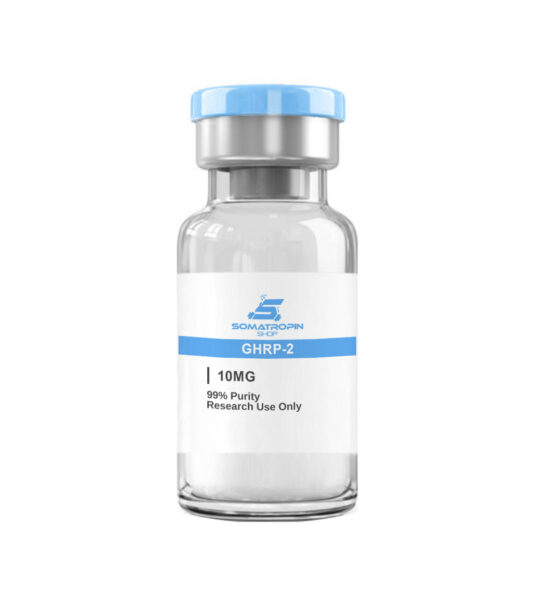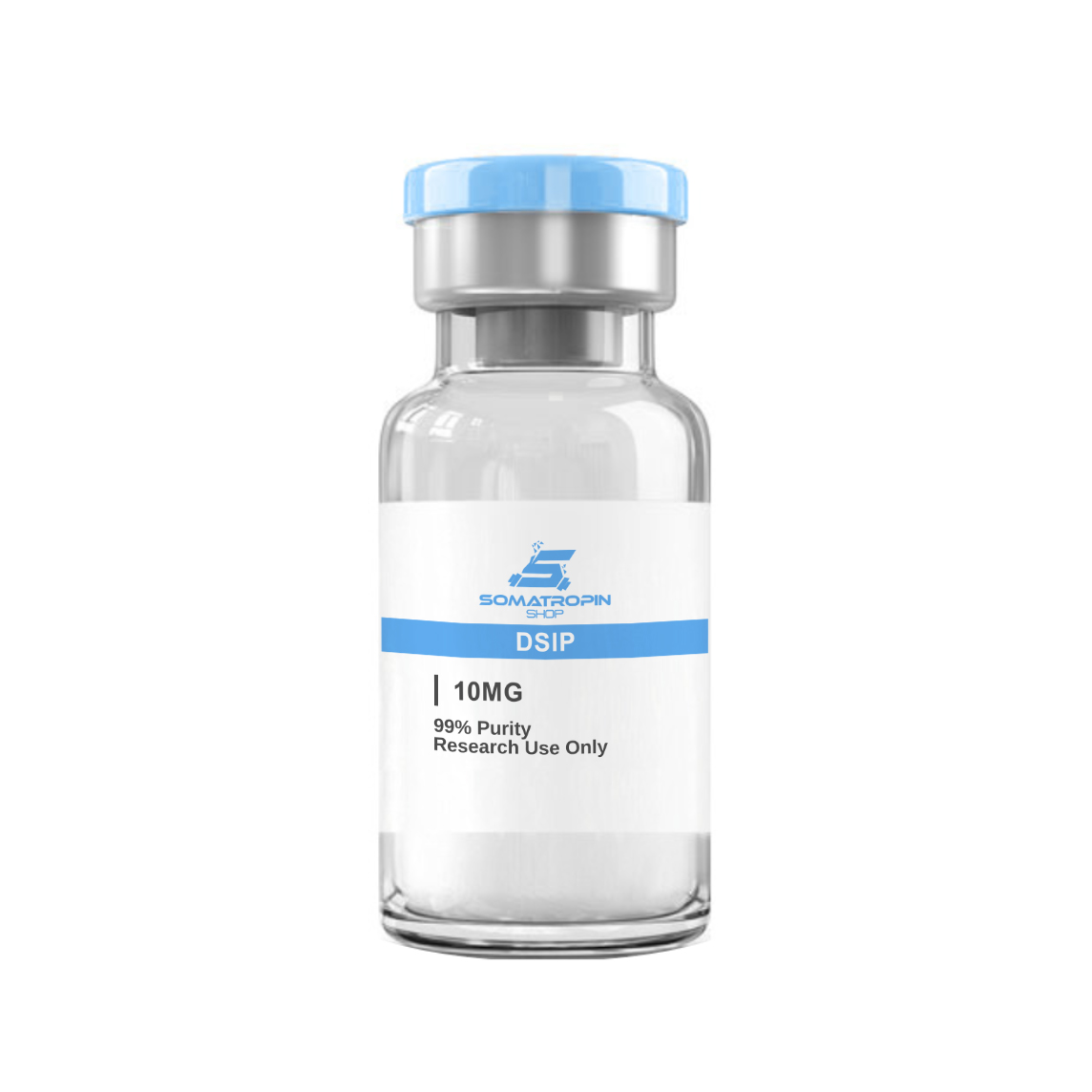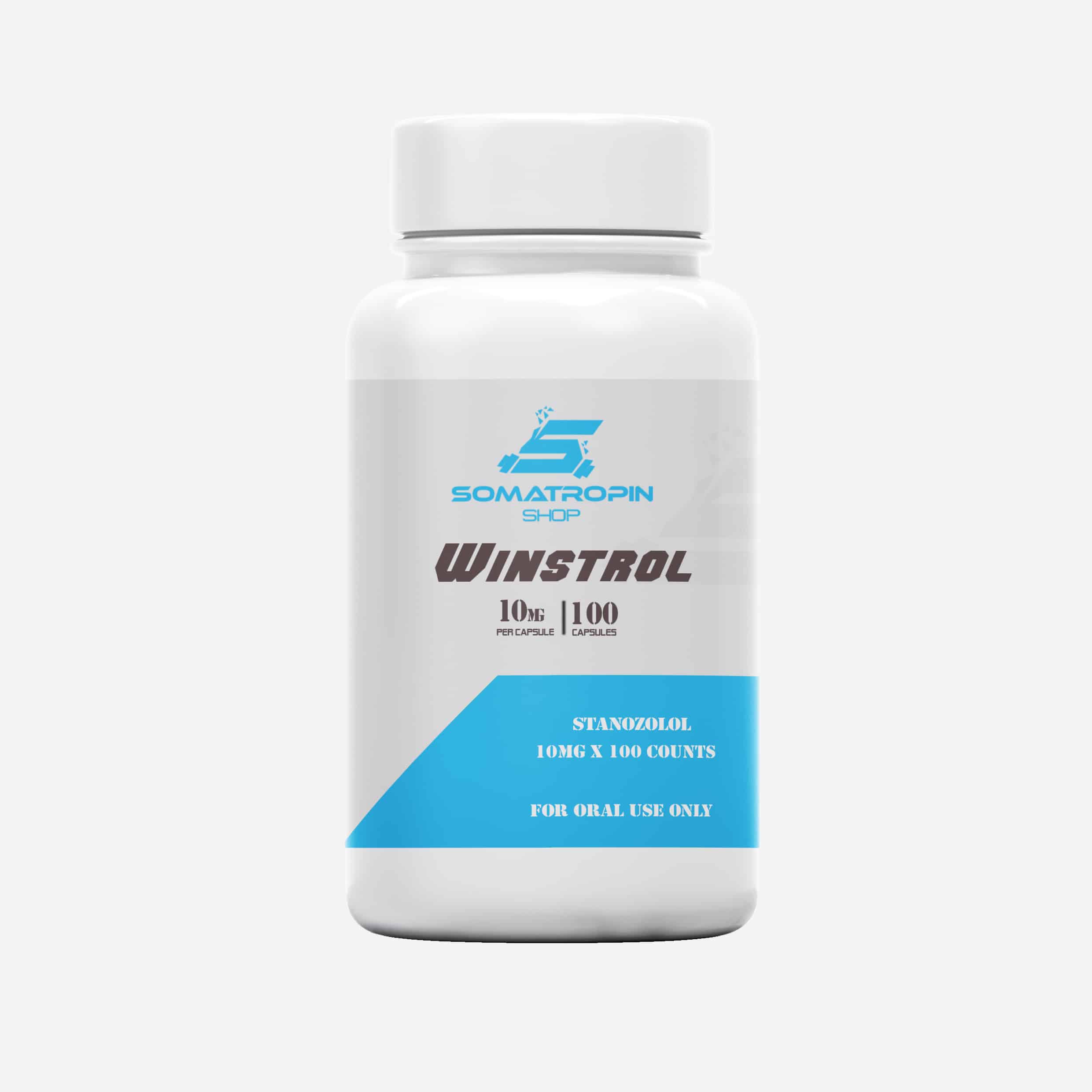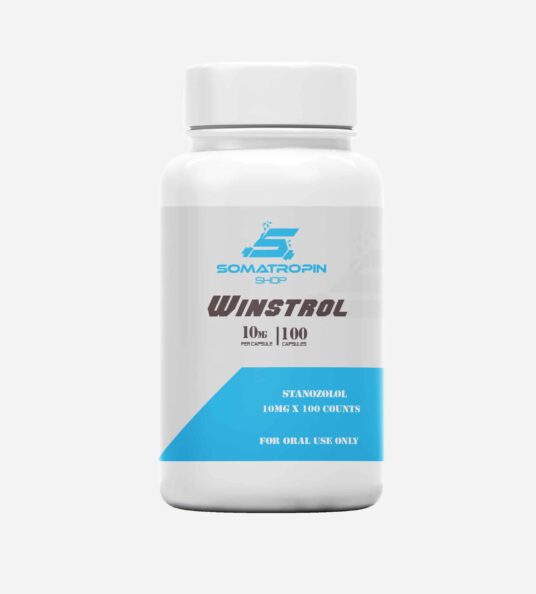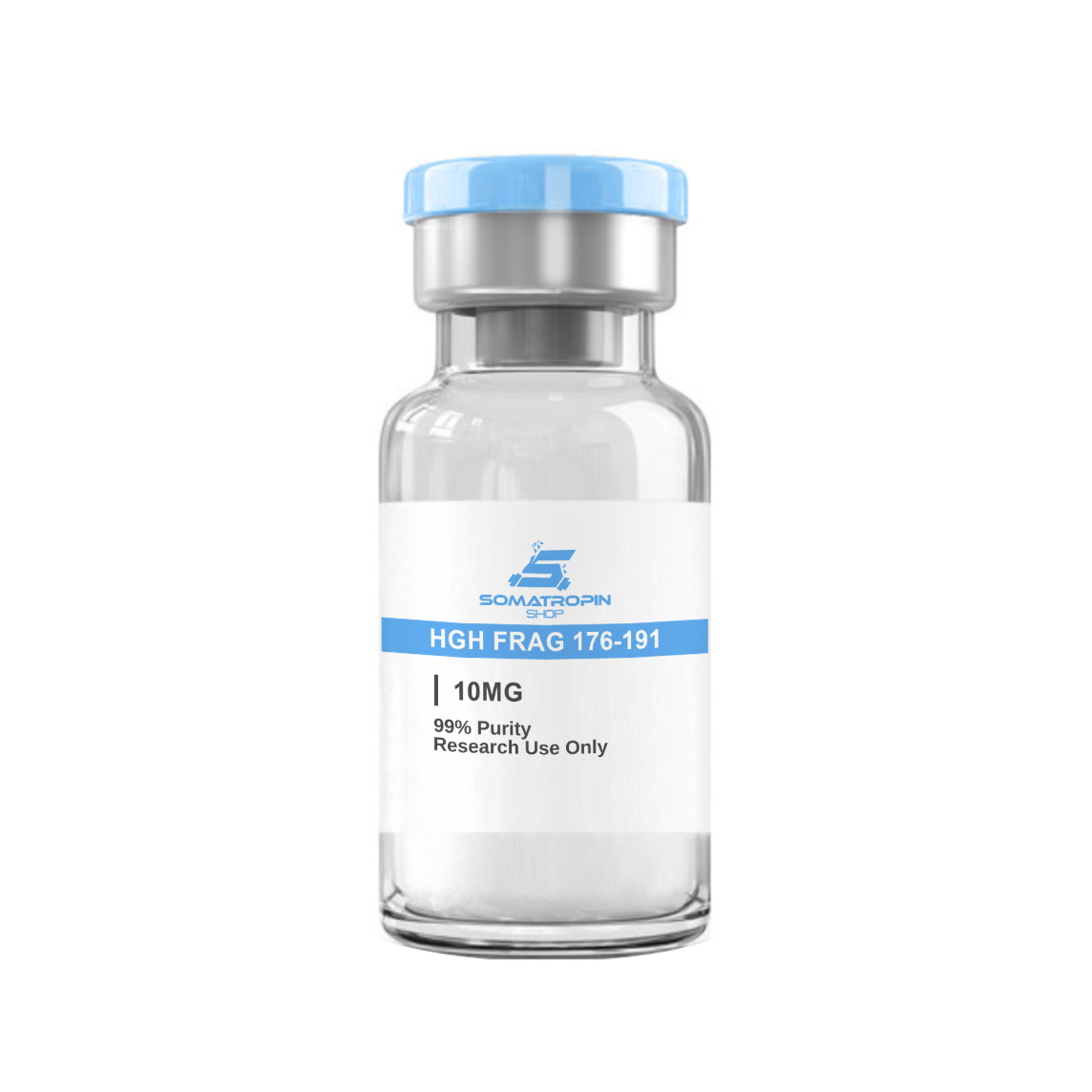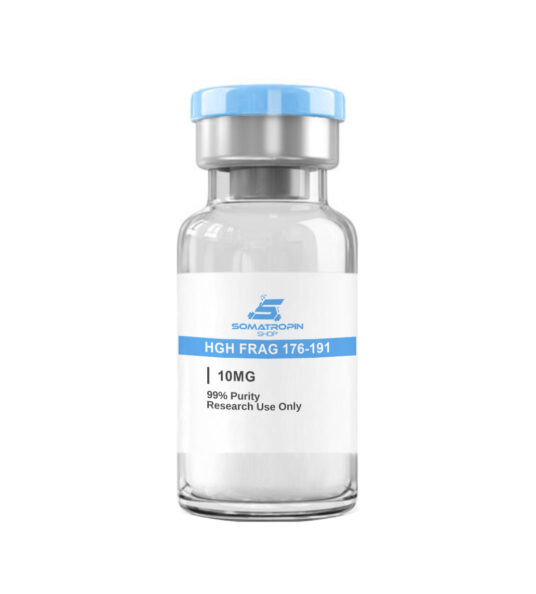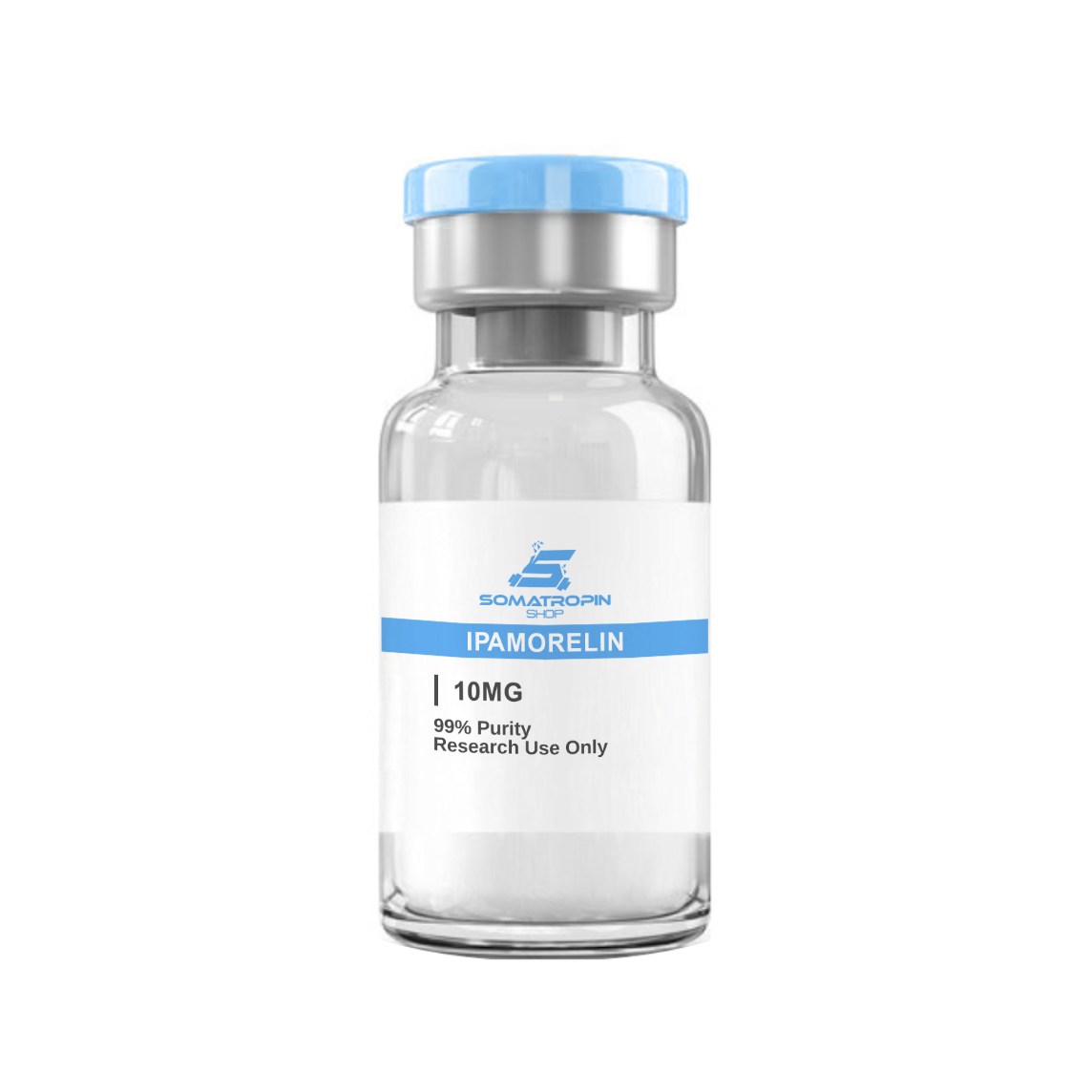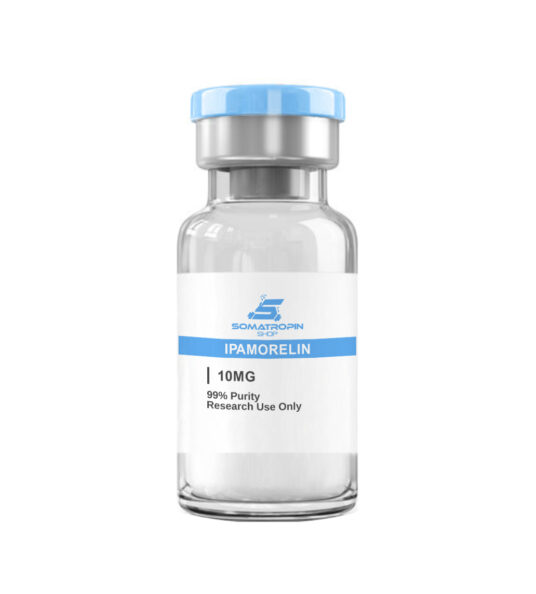Description
Oxytocin Overview
Oxytocin is best thought of as one protein with two separate natural functions. First, it is a neuropeptide released by the hypothalamus to play important roles in bonding, sexual reproduction, and childbirth. it’s also a standard blood borne hormone, however, one that is produced by the placenta of pregnant women and that has effects on childbirth, milk production, and bonding with newborns. In men, a small amount of it is produced in the testes to play a role in mating behavior and pair bonding. Research on it has revealed it to play roles in:
- Milk Ejection/Lactation,
- Uterine contraction during childbirth,
- lowering blood pressure,
- changing neuron function,
- social bonding,
- fear and anxiety,
- mood, and
- wound healing
Oxytocin Structure
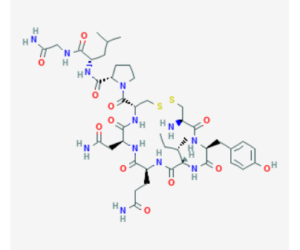
Sequence: Cys(1)-Tyr-Ile-Gln-Asn-Cys(1)-Pro-Leu-Gly
Molecular Weight: 1007.193 g/mol
PubChem CID: 439302
CAS Number: 50-56-6
Synonyms: Pitocin, Endopituitrina
What is Oxytocin?
it is a short peptide, just nine amino acids in length, produced in the hypothalamus and released by the posterior pituitary. It is also produced by the placenta, ovaries, and testes. Like many peptide hormones, it starts out life as a much larger precursor molecule that is subsequently cleaved to create the active hormone. Interestingly, it has also been found to be produced in the retina, the adrenal glands, and thymus, and the pancreas. Though it is generally regarded as a neurohypophysial hormone, this thinking is increasingly being thought of as outdated as the potential effects of the peptide increase to include a number of different tissues.
Research
Wound Healing
Oxytocin is a short peptide, just nine amino acids in length, produced in the hypothalamus and released by the posterior pituitary. It is also produced by the placenta, ovaries, and testes. Like many peptide hormones, it starts out life as a much larger precursor molecule that is subsequently cleaved to create the active hormone. Interestingly, it has also been found to be produced in the retina, the adrenal glands, and thymus, and the pancreas. Though it is generally regarded as a neurohypophysial hormone, this thinking is increasingly being thought of as outdated as the potential effects of the peptide increase to include a number of different tissues.
Studying Oxytocin in Cardiovascular Risk
Based on its ability to improve rates of wound healing and modulate inflammatory cytokines, researchers speculated that it may also play a role in protecting the heart and vascular system. The peptide has been found to help lower fat mass, improve glucose tolerance, decrease blood pressure, and relieve anxiety. All of these are important factors in cardiovascular disease (CVD) and thus it is not unreasonable to think that it might be a useful adjuvant to existing CVD treatment.
There is also good evidence to suggest that atherosclerosis develops, in certain settings, as a result of suppressing expression of the oxytocin receptor. Increasing oxytocin levels in people with reduced receptor density can maintain cardiovascular integrity and, in some cases, can reverse atherosclerosis.
Research in rats suggests that oxytocin infusion directly into the heart during ischemia (e.g. heart attack) can protect cardiomyocytes (heart muscle cells) from death. According to Jankoski et. al., chronic oxytocin treatment can prevent the late-term development of dilated cardiomyopathy and may be useful to precondition cardiac stem cells to aid in “tissue regeneration through direct differentiation, secretion of protective and cardiomyogenic factors, and/or their fusion with injured cardiomyocytes.
Additional research in mice has shown that oxytocin treatment can reduce heart damage associated with diabetes. In these mice, oxytocin helped to reduce body fat accumulation by 19% and lowered fasting glucose levels of 23%. It appears to have these effects through reductions in insulin resistance. Mice treated with oxytocin in this study have less systolic and diastolic dysfunction than controls, which resulted in decreased cardiomyocyte hypertrophy, fibrosis, and apoptosis.
Oxytocin actually appears to protect against ischemic injuries in a number of tissues and may not be strictly active in heart tissue. Research in rats with priapism (persistent erection) indicates that oxytocin administration protects against ischemia-reperfusion injury by reducing nitric oxide levels.
Diabetes Management
Oxytocin likely increases glucose uptake by skeletal by boosting insulin sensitivity, making it of potential use in treating diabetes. Research in mice has also revealed that oxytocin plays important roles in lipid utilization, reducing total body fat mass and rates of dyslipidemia. Deficiencies in oxytocin have been shown to cause obesity even in the setting of normal food intake and exercise activity, suggesting that the peptide plays critical roles in energy homeostasis.
Research in lean and obese mice, interestingly, has shown that oxytocin treatment has no effect on glucose, insulin, and body composition in lean mice. It appears only to affect these parameters in obese mice, suggesting that while the peptide is useful in treating certain aspects of diabetes, it may not be suitable in all settings. It appears that oxytocin has different effects in diabetes than it does in the absence of the disease. In a study of patients with diabetes, intranasal oxytocin reduce glucose and insulin levels and produced a 9 kg weight loss over the eight weeks of the trial. According to Barengolts, “circulating oxytocin is lower in type 2 diabetes versus normoglycemic subjects and negatively correlated with glycosylated hemoglobin A1C and insulin resistance.
Cognitive Performance
It has long been known that maternal deprivation at an early age can cause permanent alterations in cognitive and behavioral functioning that can last a lifetime. Research in mice indicates that this is likely a result of oxytocin changes caused by reduced parental bonding. In one study, maternally deprived mice that were treated with oxytocin and found to have improvements in levels of hormones associated with neuron development in the prefrontal cortex. No overall difference in behavior was seen, but there was a trend toward the oxytocin group having better cognitive performance. Other research in mice has found similar results, with intranasal oxytocin improving learning in a non-statistically significant manner in the setting of stress.
Research and Anxiety
There is a large body of evidence indicating that oxytocin may be related to anxiety and depression. Studies have shown, for instance, the genetic polymorphisms in the oxytocin receptor gene can lead to social anxiety disorder and problems with attachment in childhood. In one study of untreated patients with social anxiety, epigenetic changes in the oxytocin receptor were also observed, suggesting a possible compensatory mechanism for pathologically reduced levels of oxytocin. This, in turn, suggests that social anxiety may be, in part, a product of diminished oxytocin signaling.
An extreme case of social anxiety disorder, called borderline personality disorder (BPD), has recently been linked to oxytocin dysregulation as well. BPD is associated with hypervigilance toward threats, extreme mistrust, and altered non-verbal social behavior. Administration of intranasal oxytocin to individuals with BPD has shown modification of these behaviors. BPD is notoriously difficult to treat and has significant short- and long-term impact on quality of life, so the opportunity to get even a glimmer of understanding of the pathology that leads to this condition can help to set researchers on the road to improving the lives of millions.
Oxytocin Research and Hunger
Research in a condition (Prader-Willi syndrome) marked by uncontrolled appetite has revealed that at least part of the pathology results from increased suppression, above normal, of oxytocin signaling. There is now reason to believe that oxytocin plays a role in the regulation of hunger state and may even play a direct role in feeding behavior.
Oxytocin and Old Muscle
A new finding suggests that it is a critical component of healthy muscle maintenance and repair and that declines in oxytocin signaling with aging are at least partly responsible for age-related muscle wasting (sarcopenia). The research, carried out at Berkeley, suggests that as blood levels of it decline with age, so do the numbers of oxytocin receptors on muscle stem cells. Administering oxytocin, however, reverse this effect in just days, allowing muscles to recover much of their potential for healing. This is important because breakdown and repair is the natural process by which muscle is maintained and built. According to Elabd, one of the authors of the research, “repair of muscle in the old mice was at about 80 percent” of what was seen in younger mice after it was administered. There is hope that it might offer a meaningful way to intervene in age-related organ degeneration and thus slow dysfunction.
